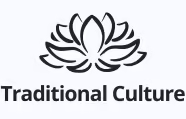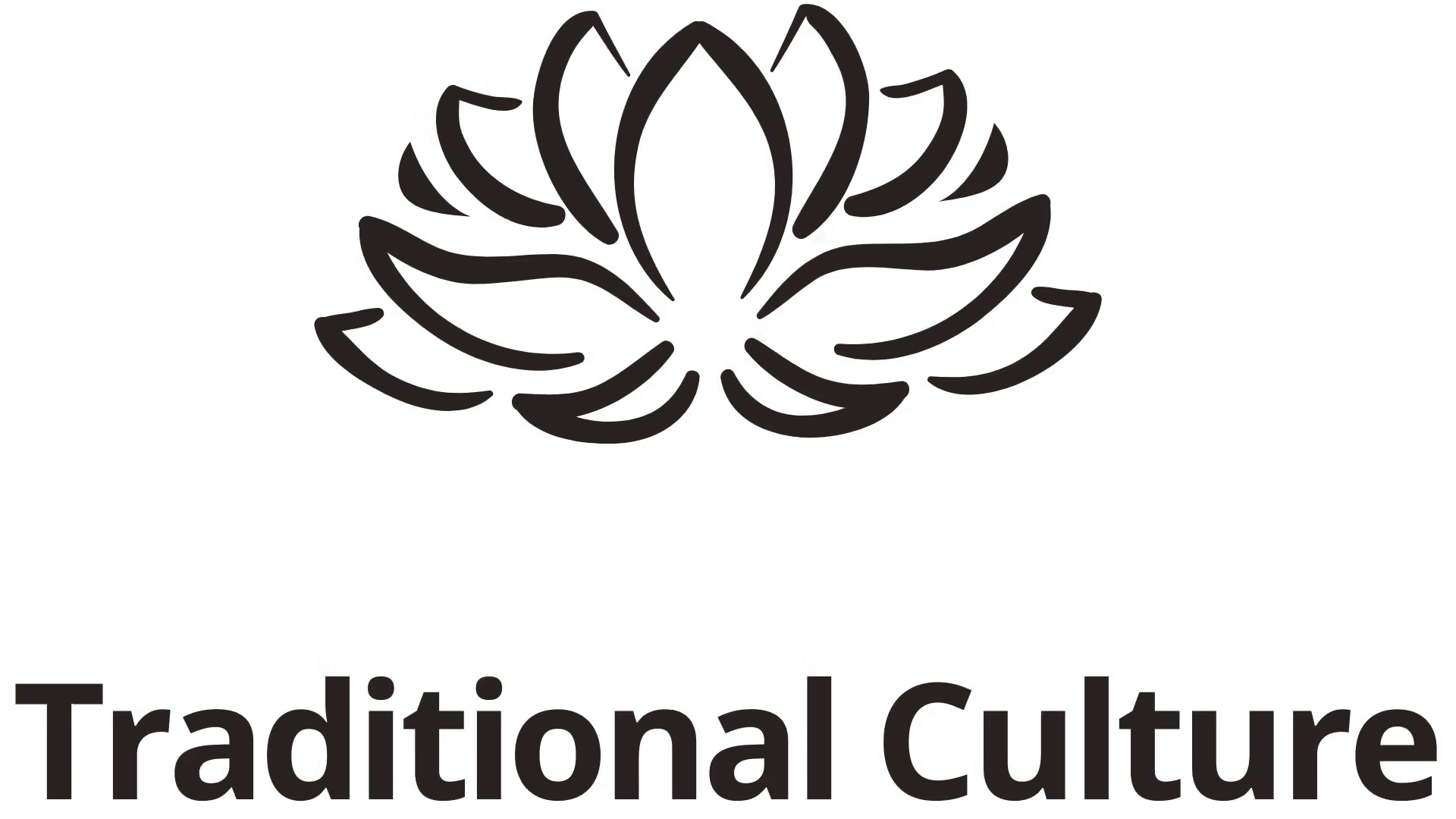The pipa is a traditional Chinese musical instrument. With roots tracing back over two millennia, this instrument has played a vital role in Chinese culture, serving not only as a source of entertainment but also as a bridge connecting generations and cultures.
Origins of the Pipa
Although strongly associated with Chinese culture today, the instrument is believed to have come from Central Asia via the Silk Road, bringing with it influences that contributed to its distinctive sound and structure. The pipa features a pear-shaped wooden body with four strings that are plucked with a plectrum, which allows for expressive techniques and rapid playing.
The name “pipa” is thought to be derived from its unique playing style—“pi” means to pluck and “pa” means to pull. However, some scholars suggest it may also mimic the sounds produced by these actions, giving it a possible onomatopoeic origin. Over time, the instrument was adapted and refined by Chinese musicians, who incorporated local styles and developed a complex playing technique that gave the pipa its distinctive character.
During the Tang dynasty (618–907 CE), the pipa reached new heights of popularity, becoming a staple of Chinese court and classical music. It became a favored instrument in the imperial court, where it symbolized elegance and refinement, and it has retained this reputation in Chinese culture ever since.
The Impact of the Pipa on Chinese Music and culture

The pipa has long been central to Chinese music and culture, symbolizing qualities such as grace, beauty, and tradition. During the Tang dynasty, the pipa played a significant role in Chinese musical development, particularly within traditional “silk and bamboo” ensembles (referring to ensembles of silk-stringed and bamboo instruments). Its versatility allowed it to blend seamlessly with other instruments, enhancing the depth and richness of these performances.
The pipa also became essential in Chinese opera, where it provided musical depth and heightened the emotional expression of dramatic scenes. Although its popularity grew in the Song dynasty (960–1279 CE), the pipa became a mainstay in opera genres like classical opera and Beijing opera during the Ming (1368–1644) and Qing (1644–1912) dynasties. The pipa’s adaptability allowed it to support singers and evoke atmosphere, cementing its place in both music and drama.
Beyond performance, the pipa is celebrated for its intricate design, which reflects the skill and artistry of Chinese craftsmen. With its association to values such as harmony and beauty, the pipa has become not only an instrument but also a cultural emblem that conveys the aesthetic ideals and heritage of Chinese civilization.
The Role of Pipa in Modern Music

In contemporary times, the pipa remains a cherished instrument in both traditional and modern Chinese music. Musicians demonstrate its versatility by performing both classical Chinese pieces and in varied, innovative contexts, from orchestral compositions to solo and experimental performances. Worldwide, the pipa has attracted attention from diverse audiences and musicians, who appreciate its distinctive sound and recognize its potential for cultural exchange.
The pipa’s resonant tones provide a contrast to today’s fast-paced music, offering a reflective quality that appeals to listeners who value depth and emotional nuance. Its powerful, expressive sound presents a unique auditory experience, making it appealing even in genres like jazz and world music, where contemporary musicians explore its potential in cross-genre fusion.
Collaborations between pipa players and artists in popular music have introduced this traditional instrument to broader audiences, adding fresh perspectives to music and fostering connections between different generations and cultures. By adapting the pipa into modern settings, musicians use it as a medium for cultural exchange, enriching the global music scene while honoring its roots in Chinese heritage.
Conclusion

Overall, the pipa is a cherished symbol of Chinese culture and musical heritage, embodying the beauty and elegance of traditional Chinese artistry. Its enchanting and timeless sound continues to captivate audiences worldwide, solidifying its place as a treasured musical instrument in the hearts of many.








